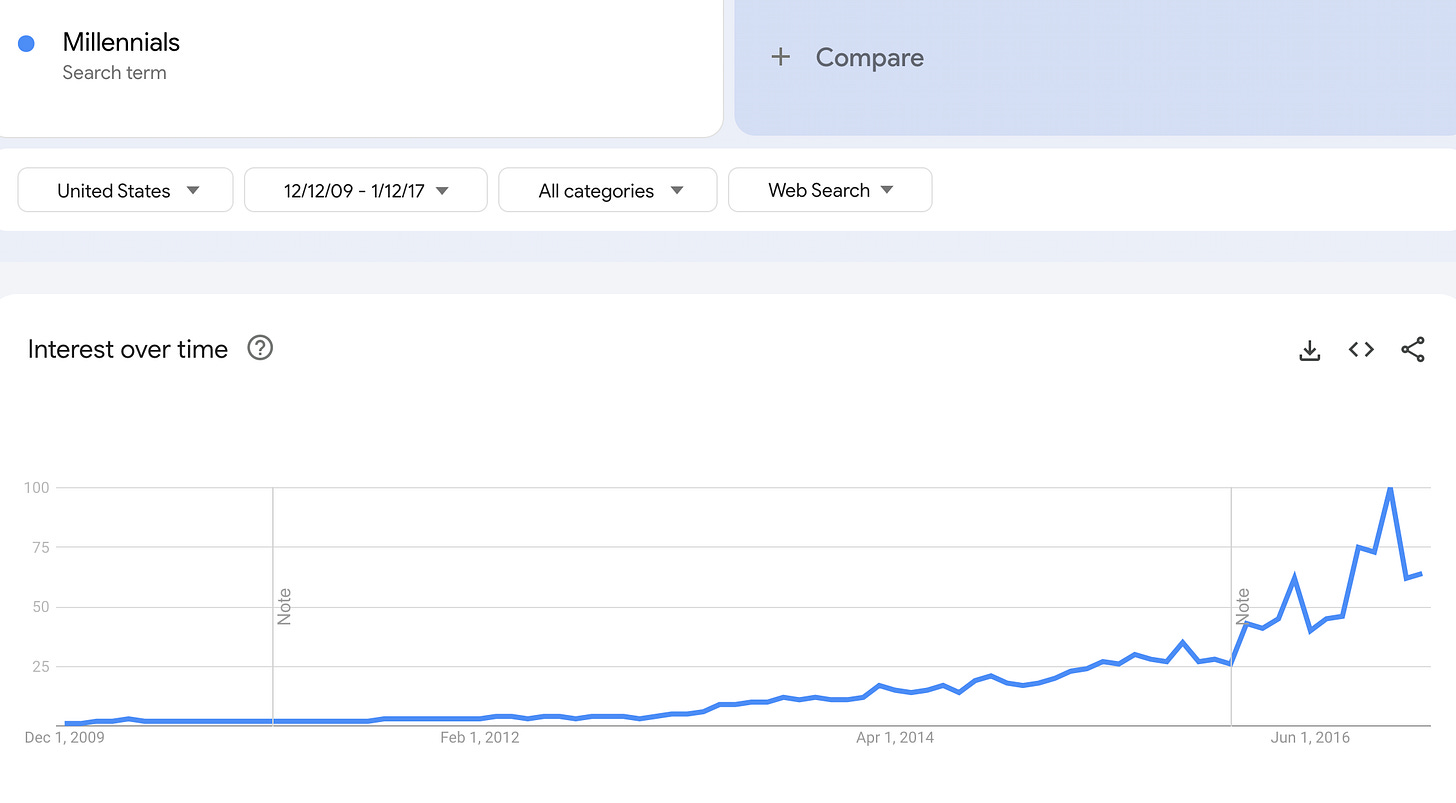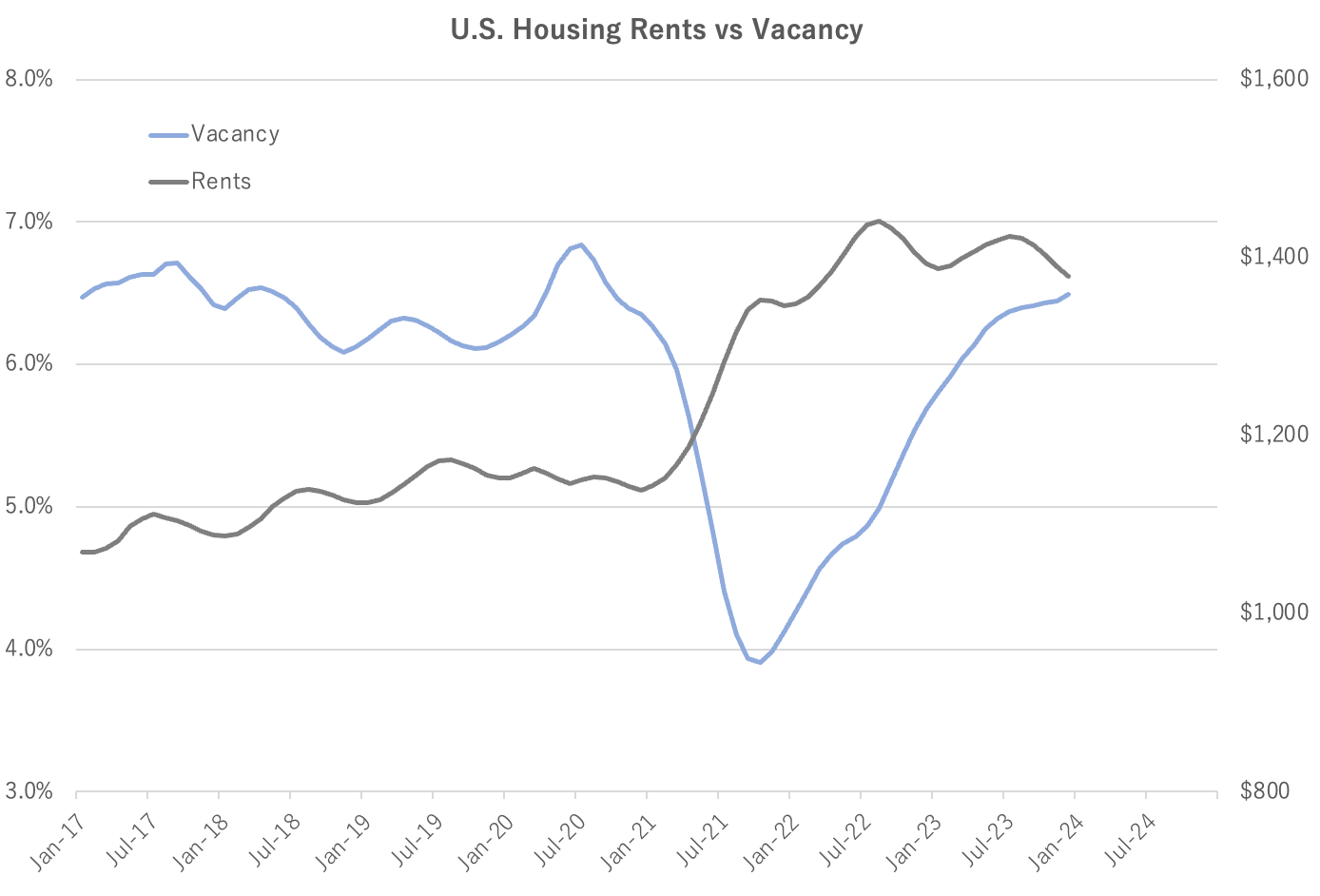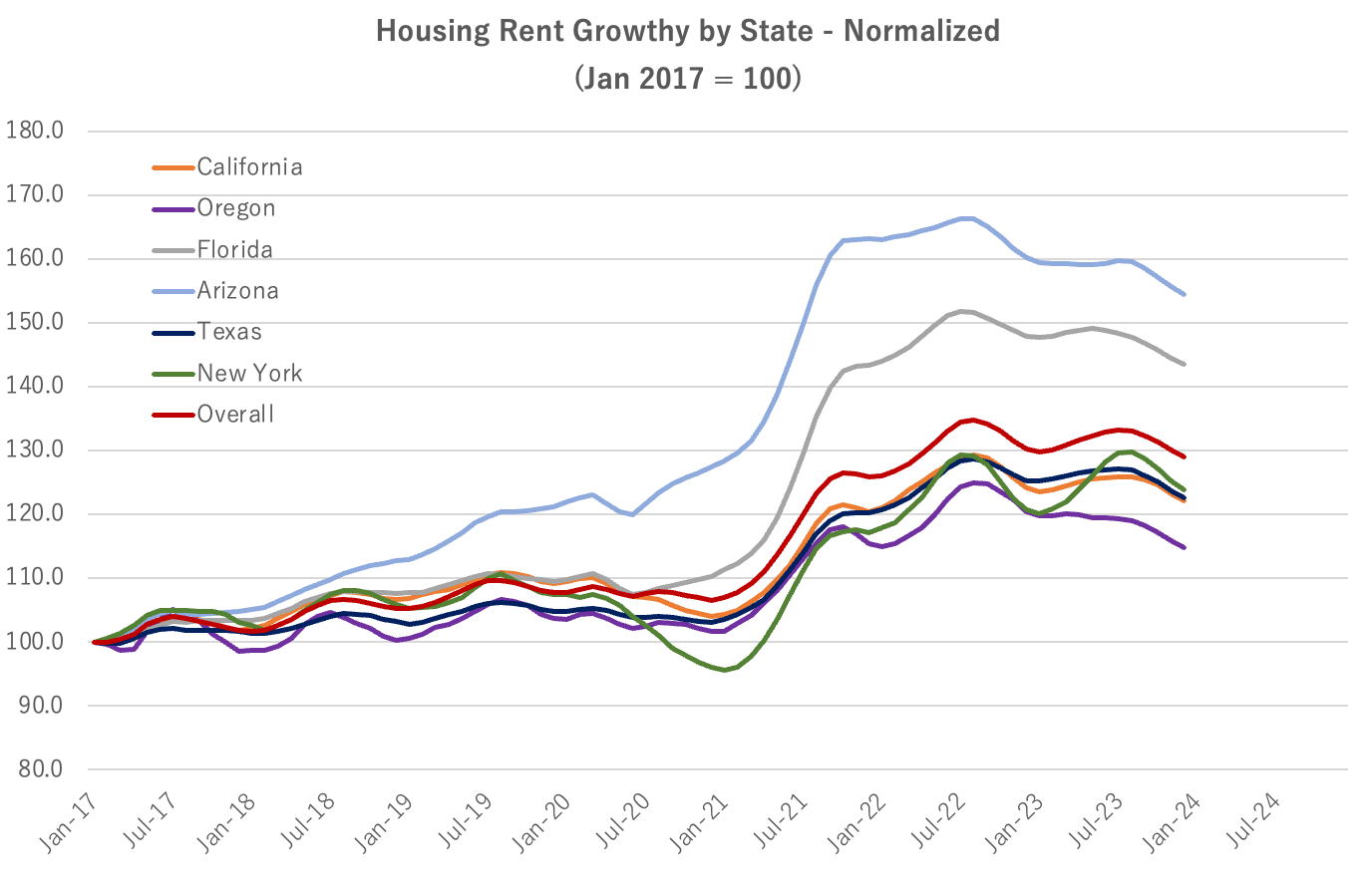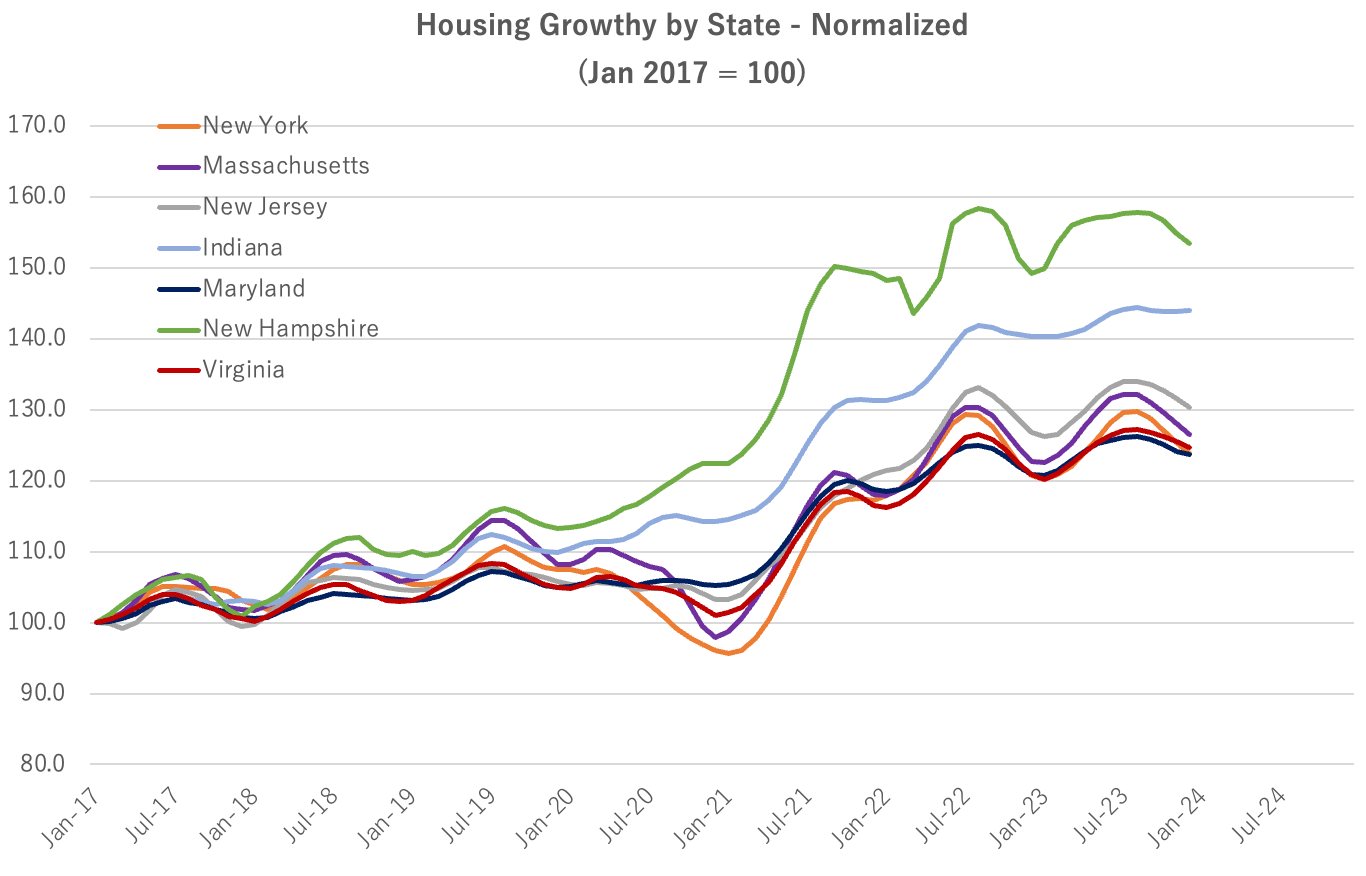Surprising Housing Market Rent Trends to Start 2024
Demographic trends tell the real estate future
Real estate is at its core a study of demographics. Understand shifting flows and preferences of people, and you can get ahead of 99% of real estate investors who spend too much time focused lagging, rather than leading indicators of demand for space.
But don’t misunderstand this insight and focus on translating identified demographic patterns into real estate investment strategies. That’s fine if you want to be second or third to the party, but to move ahead of the herd, take the opposite approach.
Demographic patterns usually show up in real estate data well before academics get around to naming generations and figuring out where they’re moving to and why. That is one reason why scraping real estate data and reading nerdy analysis of seemingly obscure rent trends can keep you ahead of the curve.
In 2012 some partners and I launched a multifamily investment fund called “Millennial Capital,” not because we read some academic piece on the housing preferences of the Millennial generation, but because we saw trends in our apartment buildings that looked noteworthy and investable.

If you waited for a bunch of articles to appear about how Millennials preferred apartments near transit, restaurants and nightlife, you’d have been several years late to this trade.
Pulling this concept forward to today, with the benefit of hindsight, we can assess how the pandemic impacted sectors and geographies within the U.S. real estate market. But now with Covid behind us, real estate investors are puzzling about how sticky those pandemic-era trends might be.
Housing rent data provides a clue, and the results might surprise you.
ApartmentList.com puts together compelling research on the United States housing market, with data sets for rents, rent growth and vacancy. While only going back to 2017 so lacking a bit of the long-term perspective, it is one of the few complete, well-researched, monthly, geographically diverse and freely available housing data sets.
A broad look at rents and vacancy at the national level tells the story we know about how Covid impacted housing in most U.S. markets: rents went way up, vacancy went way down. The market has normalized a bit since then, with rents slipping nationwide since roughly the middle of 2022.

After a strong start to 2023, rents reversed course in June 2023 across most markets due to rising apartment inventory and rents that just got ahead of income growth.

This graph shouldn’t be surprising - rapid rent growth in the south and southwest, with western population centers like San Francisco, Los Angeles and Portland losing ground during and in the aftermath of the pandemic.
Most investors and experts - perhaps in the interest of talking their books - are sticking to the narrative that population flows still favor southern markets with better weather, lower cost of living and abundant housing options. San Francisco is dead. The East Coast (except New York City) is dead. So let’s just keep plowing money into Atlanta, Charlotte, Nashville, Austin, Phoenix and the last cycle’s other darlings.
The data however, tell a different story.

Rents are now falling faster in previously hot markets than anywhere else in the country, with Georgia, North Carolina, Florida and Tennessee among the top 10 states with the fastest rent declines since June 2023. New supply coming online is the most frequently cited culprit, but talk to anyone actually living in these markets and you’ll find out that it’s not that cheap anymore, traffic is brutal and that life’s struggles persists even if you change zip codes.
Rent declines are accelerating, not easing, in many of these markets, which could accelerate into the new year as landlords race to the bottom to keep occupancy up.
It’s easy to explain away these data as a reversion to the mean, or simply a short-term correction. Which is certainly possible: the preference for good weather and low taxes is not likely to change any time soon. But anecdotal evidence of people who loudly moved out of California and New York during the pandemic quietly coming back is starting to show up in the data.
In particular, the Northeast and “hot” states like Indiana are among the strongest performers in the past year.

Does this mean that Nashville is an danger of becoming a ghost town or that Miami’s resurgence will soon be forgotten? Not likely. But crunching the data objectively, starting with a blank spreadsheet and just soaking in the numbers is the best way to find trends before they hit the mainstream.
But don’t take my word for it - I plugged the ApartmentList data set into ChatGPT which spit out the following:
The analysis of rent trends in 2023 reveals some interesting geographic trends that challenge the prevailing consensus that the strongest rental markets are primarily in the South and Southwest. Here's what the data shows:
Top States by Rent Increase in 2023
North Dakota: Experienced a 9.98% increase in rent.
Rhode Island: Saw a 6.87% increase.
Wyoming: Had a 6.69% increase.
West Virginia: Rent increased by 6.55%.
Kansas: Witnessed a 3.90% increase.
Keep an eye on states and cities that are out of favor and listen to the data.




